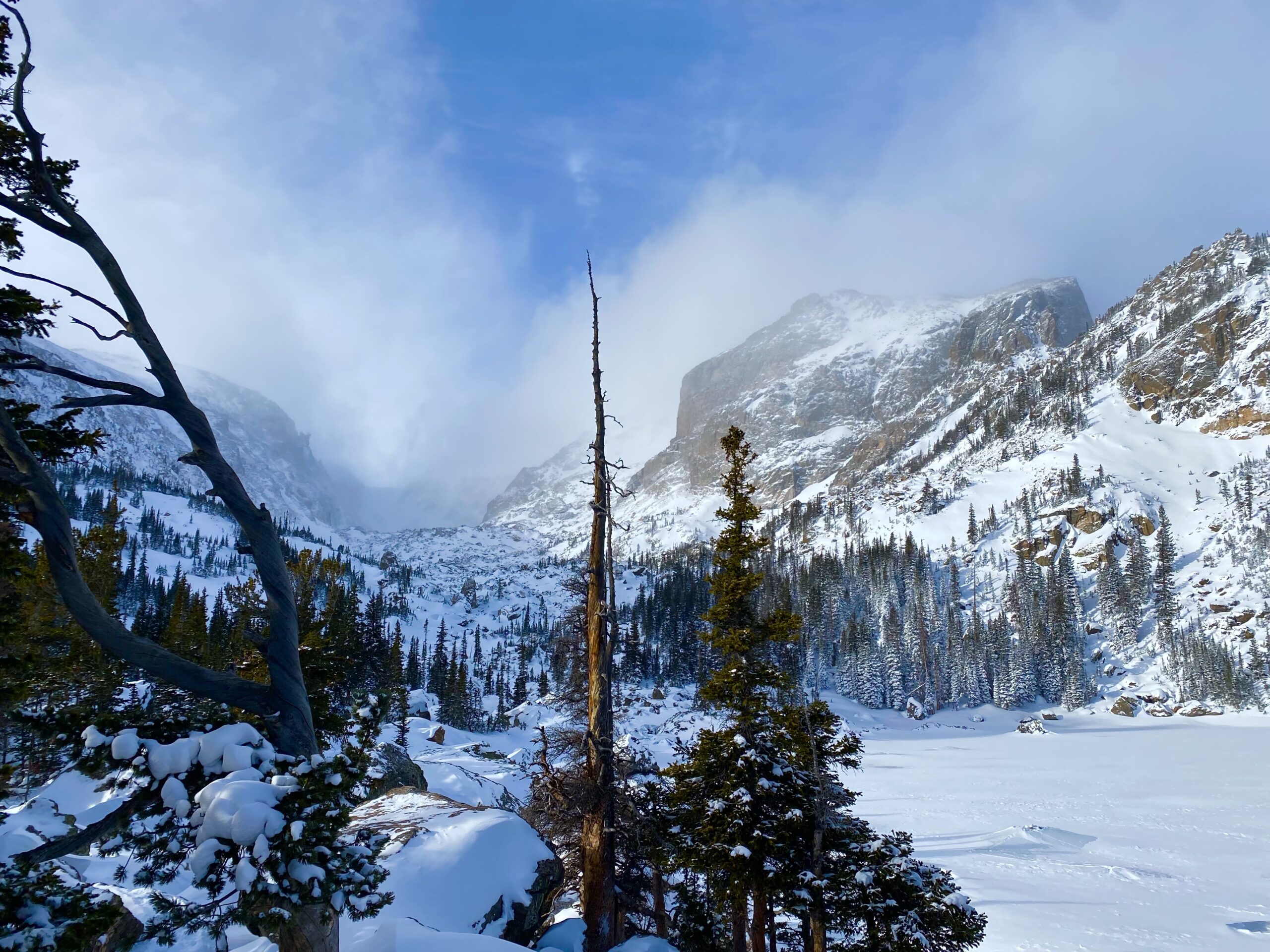
13 Mar Protecting Your Family and Community
“My father survived terrible childhood trauma,” Tabby shared. “Although he never talks to me about it, my cousin shared that my grandfather was physically abusive. And I’ve heard my grandpa be verbally abusive. Plus addiction runs in my family. I have an uncle who’s sober, but honestly he never comes to family events.”
“What about your childhood?” I asked Tabby.
“Well, my parents divorced when I was in middle school. I’m guessing they yelled a lot before then, but I really don’t remember a lot of my younger years. In high school I was sexually assaulted a few times by boyfriends. My mom was such a wreck after the divorce she would lean on me way to much, and I just wanted to get out of the house. She made sure we had food and clothes, but that was about all. My last therapist suggested my mom had a mental illness.” Tabby had a faraway look in her eyes, as she chronicled her story.
“And Tabby,” I gently asked, “what about your own kids?”
“Well as you know, I married a man who was psychologically abusive. I hear his third wife put him in jail, and good riddance. I’m sorry for my kids but seriously. After all the raging he put us through, the least he can do is sit in jail and learn a few things.”
Adverse Childhood Experiences (ACEs) are potentially traumatic events that occur between the ages of 0-17 years old.
Research highlights 10 categories: physical abuse, mental health problems, drug or alcohol abuse, domestic violence, psychological abuse, physical neglect, sexual abuse, imprisonment, psychological neglect, separation or divorce.
The Center for Disease Control reports that 64% of Americans have experienced 1 ACE before the age of 18, and 17.3% experience 4 or more.
ACEs have been linked to chronic diseases (e.g. heart disease), mental health issues (e.g. depression and suicidality), addiction, risky behaviors, and instability (e.g. job retention).
Families that survive ACEs in each generation experience intergenerational transmission of toxic stress (extended/prolonged stress), which is when parent’s biology and behaviors impact the development and health of their children, including impacting brain development.
When you add in social determinants of health (non-medical variables), which include under-resourced communities, education inequalities, housing instability/poor quality, discrimination, and unemployment/underemployment, the impact can feel overwhelming.
Tabby’s father experienced 4 ACEs (and probably more), Tabby lived through 4 ACEs, and her children 3 ACEs. While some research says each generation brings more health than the previous one, other researchers say that is not true.
So, how can Tabby and Tabby’s children begin to change their ACEs inheritance? During Tabby’s sessions, we look at how her family can increase protective factors, thereby lowering the risk of ACEs for future generations.
Tabby already has some key protective factors: their family is stable, the kids’ basic needs are met, the kids have a strong peer network and positive adult role models, Tabby has a college degree and a steady job, the kids are doing well in school (a family value), the family engages in positive activities together and within a network of family/community friends.
Tabby would like to work on some parenting skills to add some new protective factors: increasing her supervision and parental monitoring, consistently enforcing the rules and working on conflict/resolution skills.
Tabby was a bit disheartened when she learned of the community protective factors, and the more limited resources in our mountain area: access to economic/financial help, access to medical and mental health services, safe, stable housing, safe and nurturing childcare, engaging after school programs and activities, high-quality preschool, and work opportunities with family-friendly policies.
“We do feel really connected to our neighbors, other families in the schools, and our local shop owners though,” Tabby mused. “That, plus no tolerance for violence does offer protection for our family.”
ACEs do not have to define who we are. Acknowledging and healing their impact and focusing on creating strong, protected families within a healthy community can make all the difference for the current and next generations!
“Healthy Family Habits”, photo by Richard Brandon. A holiday spent hiking-with-spikes to Lake Haiyaha in Rocky Mountain National Park.
Originally published in the Mar 13, 2025 of the Mountain-Ear

